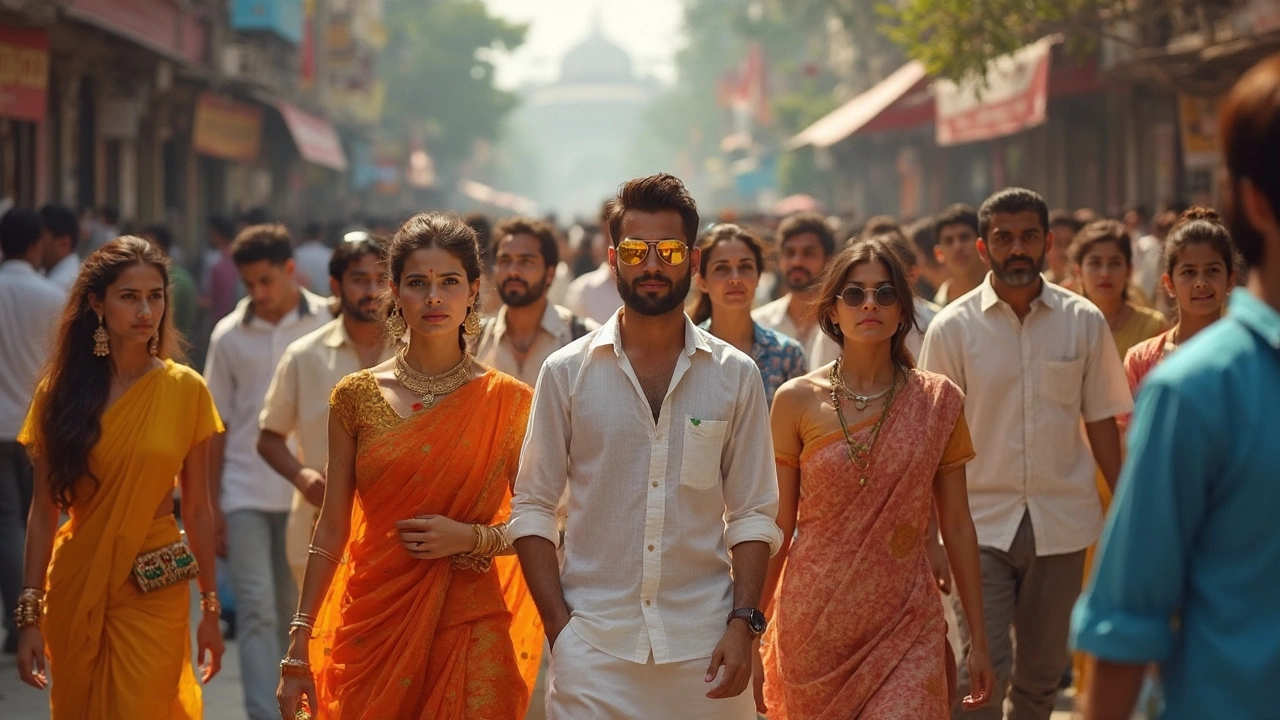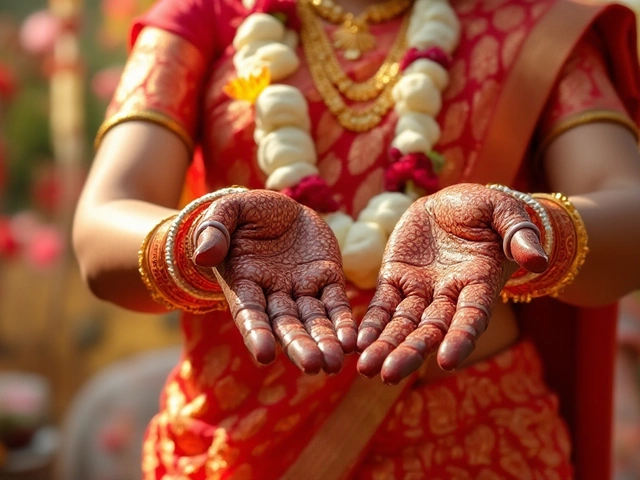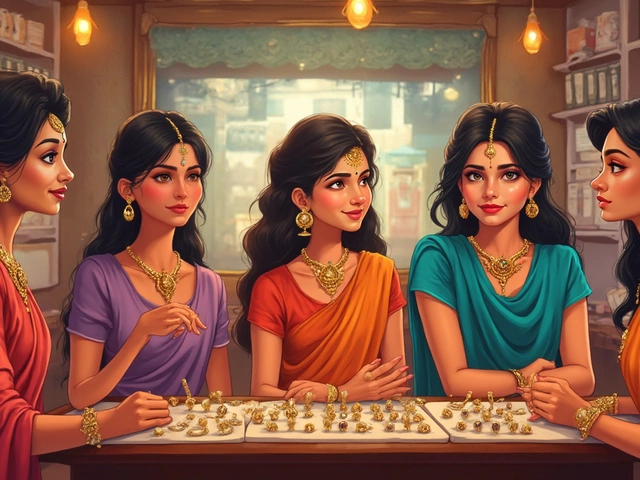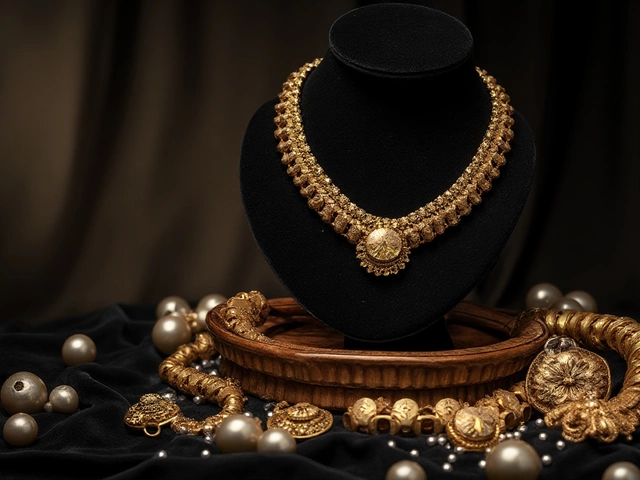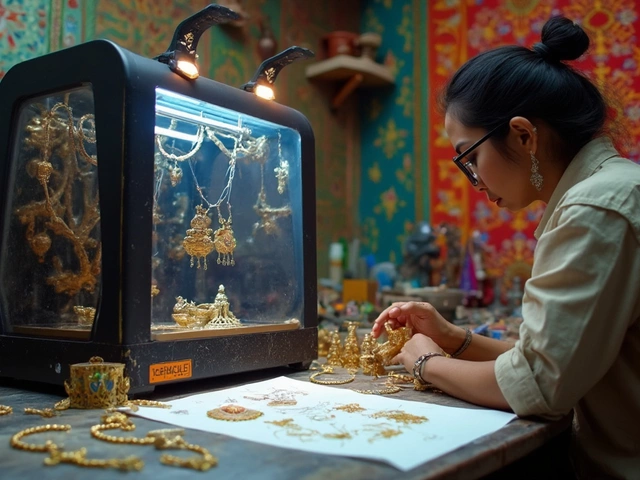Traditional Clothing in India: Styles, Fabrics and Practical Tips
India’s wardrobe is a colourful mix of history, climate and personal taste. Whether you’re dressing for a wedding, a festival, or just a Sunday brunch, the right outfit can make you feel comfortable and confident. Below you’ll find the most common fabrics, the go‑to outfits, and simple ways to pair them with jewellery and colours.
Key Fabrics for Comfort and Tradition
Cotton is the ultimate all‑season fabric. It breathes, so it keeps you cool in the heat of Delhi or humid Mumbai. Look for plain, hand‑loom or printed cotton for casual wear and lightweight cotton‑silk blends for semi‑formal looks.
Silk steps in when you need that extra shine. From smooth mulberry silk to the textured raw silk of Bengal, it’s perfect for sarees, lehengas and special kurta sets. Silk also pairs beautifully with gold jewellery – the classic combo everyone recognises.
If you want luxury without breaking the bank, explore Pashmina and fine wool. A Pashmina stole draped over a kurti adds instant elegance, especially in cooler evenings in the North.
Eco‑friendly fabrics like bamboo and linen are gaining popularity. Bamboo feels like cotton but has natural moisture‑wicking properties, making it a smart choice for hot, humid regions.
Popular Outfits and How to Wear Them
The saree remains the royalty of Indian dress. Choose a light cotton silk for daily wear, a bright silk with gold borders for weddings, or a hand‑loom khadi for a rustic vibe. The trick is to pick a drape that suits your body shape – the Nivi drape works for most, while the Bengali style adds a playful twist.
Salwar‑kameez is the go‑to for comfort and versatility. Pair a straight‑cut salwar with a medium‑weight kameez for office days, or swap the bottom for a churidar and add a dupatta with a bold print for parties. Stick to contrasting colours – a deep navy kameez with a mustard dupatta looks striking.
Kurta‑pajama is the casual hero for men. A cotton kurta in pastel tones combined with a slim pajama works for daytime outings. Dress it up with a silk kurta and a Nehru collar when you’re attending a cultural event.
Lehengas are the number‑one choice for big celebrations. Opt for a lighter fabric like georgette or chiffon if you’ll be moving a lot on the dance floor. Pair the lehenga with matching or contrasting bangles – black bangles, for example, add a modern edge while still feeling traditional.
When you’re picking accessories, remember colour harmony. Warm gold jewellery looks best with rich reds, oranges and maroons, while silver pieces shine with cool blues and greens. A quick test: hold the jewellery next to the fabric – if the metal reflects the colour, you’ve got a match.
Finally, think about the occasion and the climate. A breathable cotton salwar for a summer festival, a silk saree for a winter wedding, and a light linen kurta for a beach gathering. Mix and match, keep it simple, and you’ll always feel right at home in Indian traditional clothing.
Dress Etiquette in India: Your Guide to Fashion Accessories and Cultural Dos & Don'ts
Navigating dress etiquette in India can get confusing fast, especially if you’re new to the rich mix of tradition and modernity. This article makes sense of the do’s and don’ts, covering when to wear what, how to pick the right accessories, and real-life tips for both men and women. Discover smart ways to blend in, stand out, and respect local customs, whether you’re attending a formal event or just exploring the city. Bonus: Find out which fashion accessories turn heads in India. No more awkward moments or second-guessing your outfits—get the inside story on dressing right.
